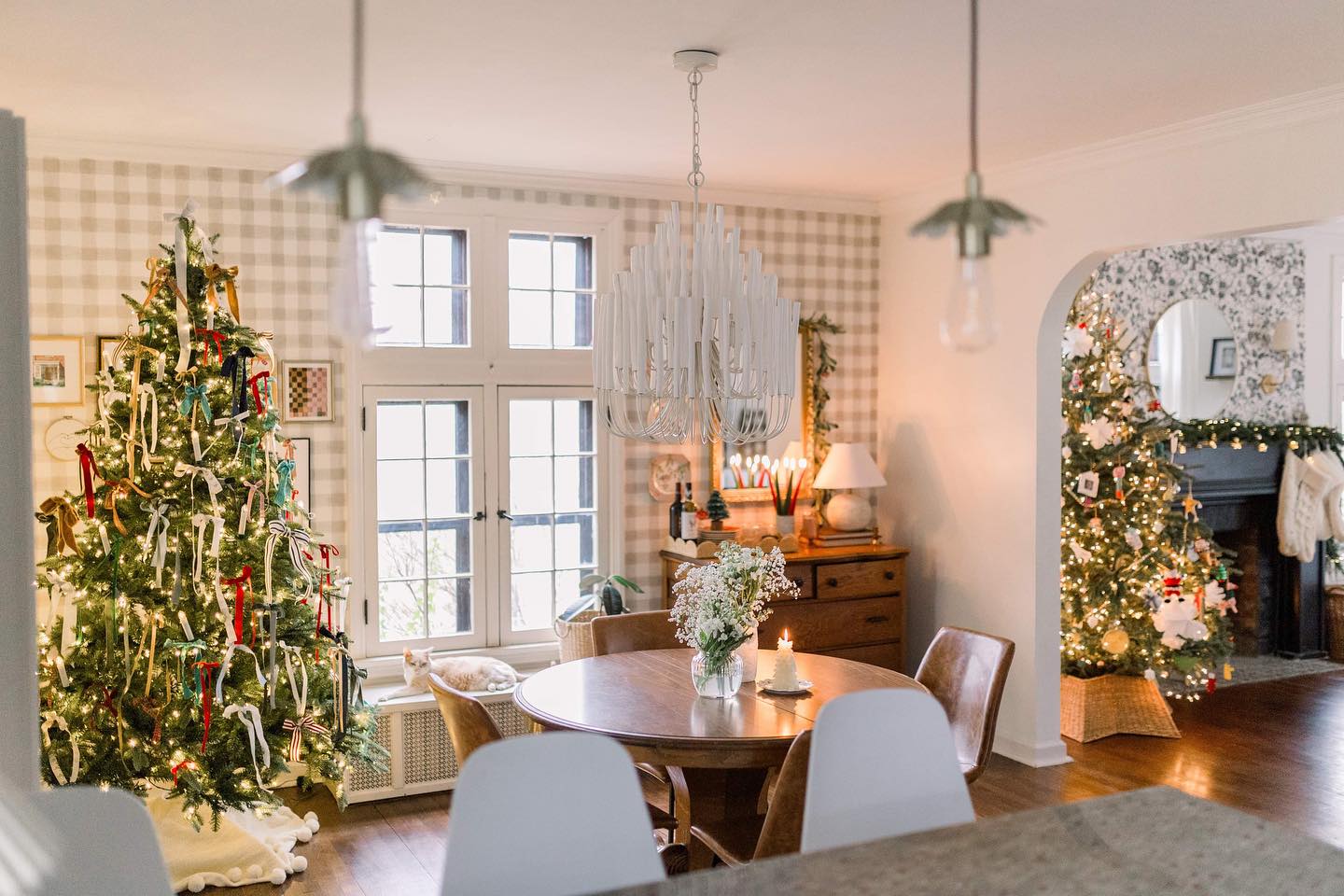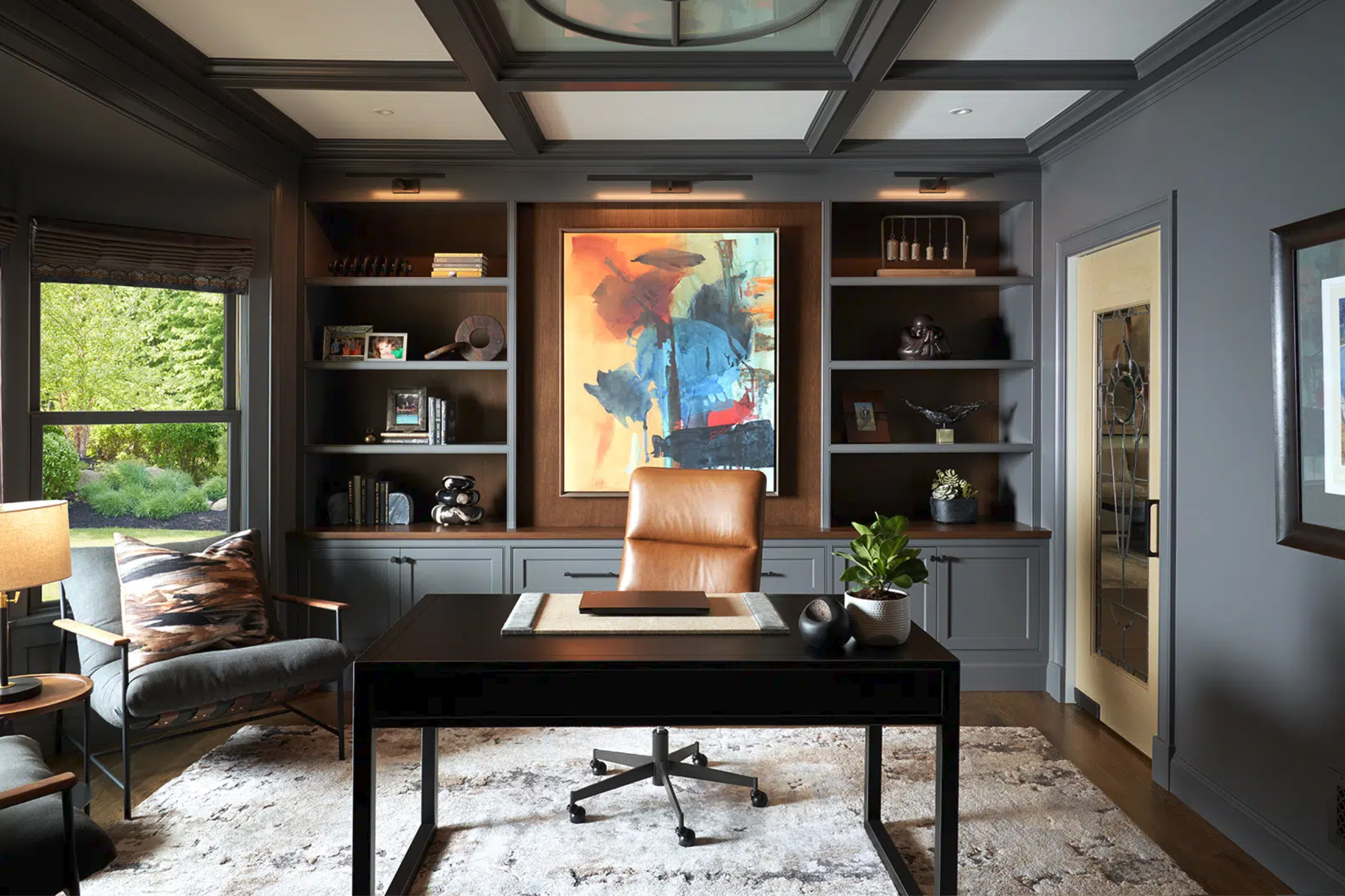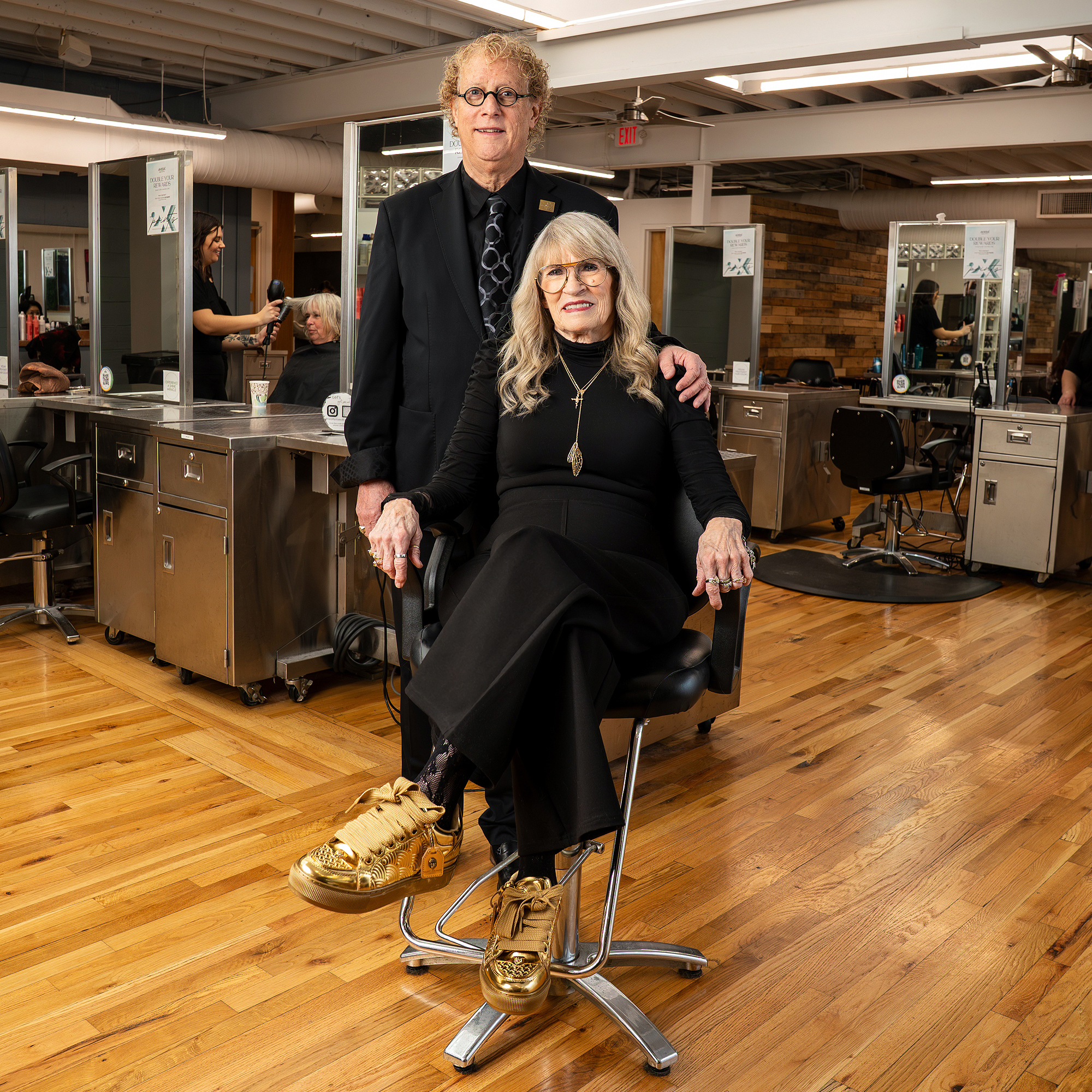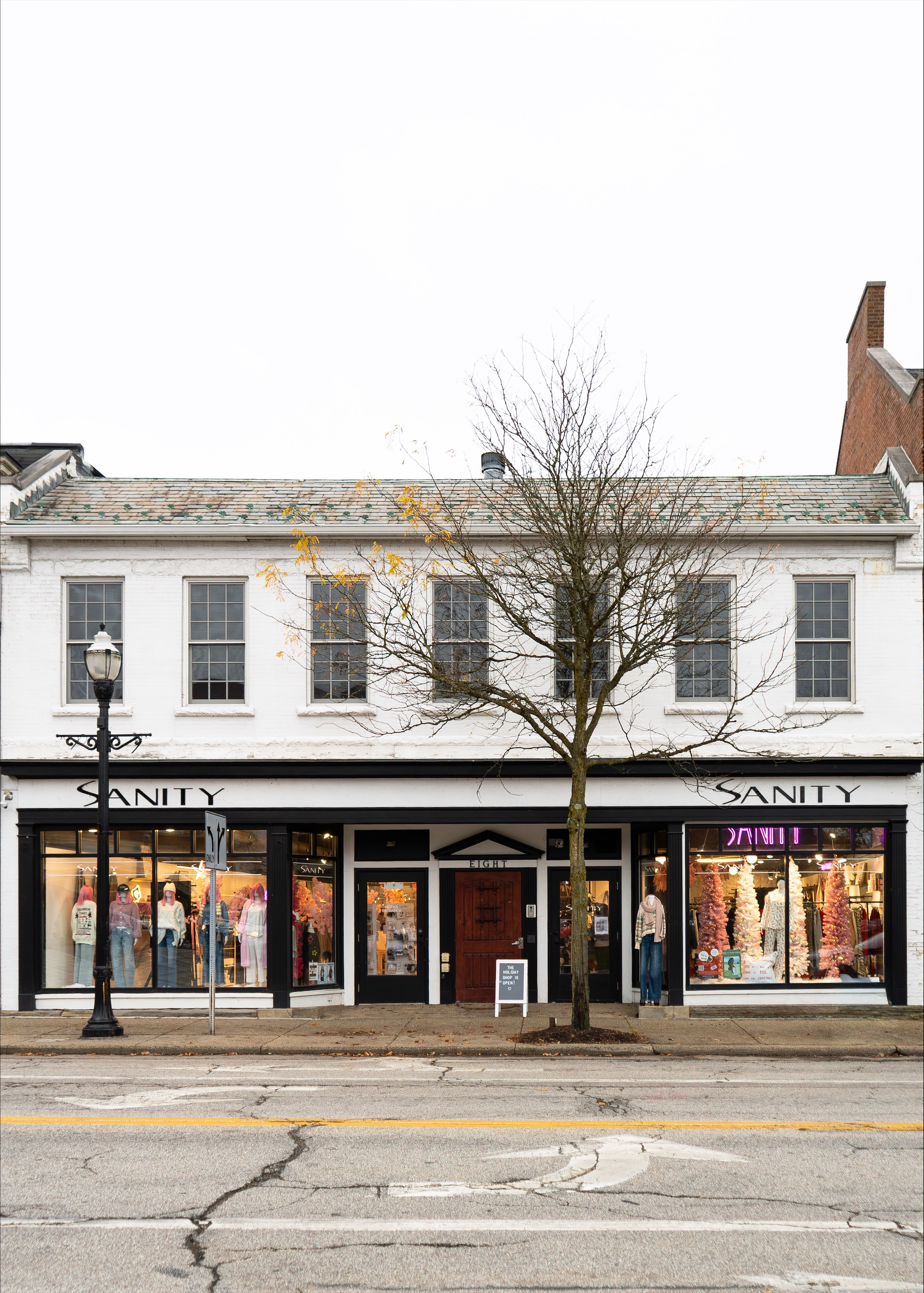How To Get The Right Lighting For Your Cleveland Home
by Rita Kueber | Nov. 16, 2021 | 12:00 PM

Transform Cleveland’s bleak November days with a technique that will enhance every room — layered lighting. Ambient, task and accent lighting work together to bring beauty, utility, tone and character to interiors. “A single flush-mounted light in the ceiling’s center tries to do everything but does nothing for a room,” says Greg Martin, creative director of design at Kichler Lighting in Independence.
Ambient or “general” lighting is the base for a layered look. It’s the main light source keeping the room safe — no tripping over toys or stumbling on the stairs. This means recessed lighting for newer homes and flush-mounted lights for older homes.“This is a fixture that illuminates the room without being a visual part of the room itself,” Martin says.
Task lighting is utility lighting — the extra lumens needed when reading, cooking or cleaning. “This is getting the right light for the use of the room as it’s being used at that moment,” Martin says. Examples include a reading lamp or the lights around a bathroom vanity.
Accent lighting is like jewelry for the room with shapes to match — pendants, sconces or glowing-filament Edison bulbs. A dining room chandelier, say, that’s bright for paying bills or doing homework but then can be dimmed for a romantic dinner. As the name implies, it’s all about adding a mood and aesthetic to the space. “It’s the final touch,”says Martin.
Hard-Working Bulbs: The incandescent bulbs standard in the 20th century are out, and energy-efficient, decorative and innovative bulbs are in.
Energy Saver
LEDs are favored by the government for their high-energy efficiency and low energy usage. “We’re seeing more fixtures calling for LED bulbs,” says Greg Martin, creative director of design at Kichler Lighting. “LEDs last longer, are easy to get and work with dimmers to adjust light sources.” Just watch the color temperature — aim for a warm glow, marked as 2700 kelvins on the bulb’s packaging.
Two In One
Integrated LEDs are both a bulb and fixture and are on the upswing in popularity. Think of a chandelier that looks like a halo of light, or slim light bar hanging above wall-mounted art — a traditional bulb simply won’t fit. “This is a different aesthetic that might be tighter to the ceiling or open up a room,” Martin says.
Full Spectrum
The most advanced LED bulbs allow for color change and can be controlled over the internet or via a phone app. These help create a certain mood in a room.“It’s popular to use these bulbs for ambient color change using red or blue to cycle between colors,” Martin says.
Room Identity: Give your home a welcoming glow by choosing the right lighting. Ingrid Porter, owner of Ingrid Porter Interiors in Chagrin Falls, breaks down three rooms and how to light them.
Kitchen
“In the kitchen, the more light the better,” says Porter. “Start with recessed lighting in the ceiling, then under-cabinet lighting,” she says. She also recommends the addition of lights over the sink and toe-kick accents. (think tiny night lights at ankle level).
Bedroom
Bedrooms tend to have one light in the middle of the ceiling. Given this, Porter suggests bedside lamps, one on each side, and on other available surfaces. “You may not want them on all at once,” she says, “but lighting sets different moods.”
Dining Room
Dining rooms tend to have one central light source, usually a decorative chandelier. “If you can, add sconces for another layer of ambient light,” Porter says. Dimmers are a secret weapon that can take the space from bright and functional to calm.
Trending
-
1
-
2
-
3
-
4
-
5










